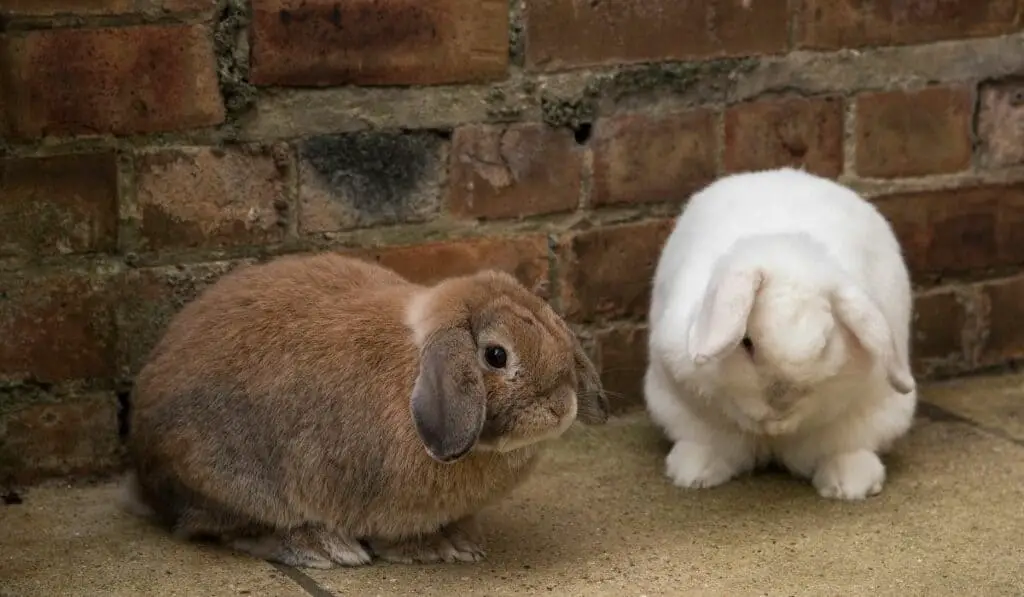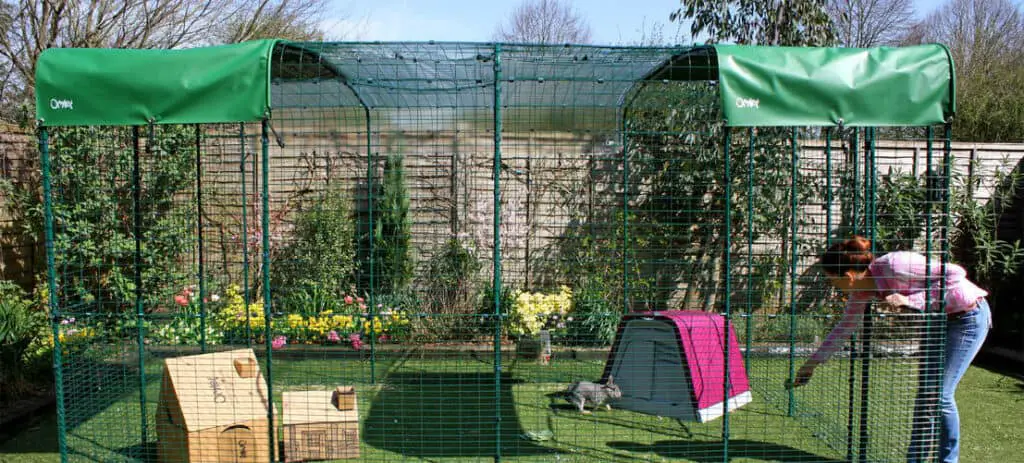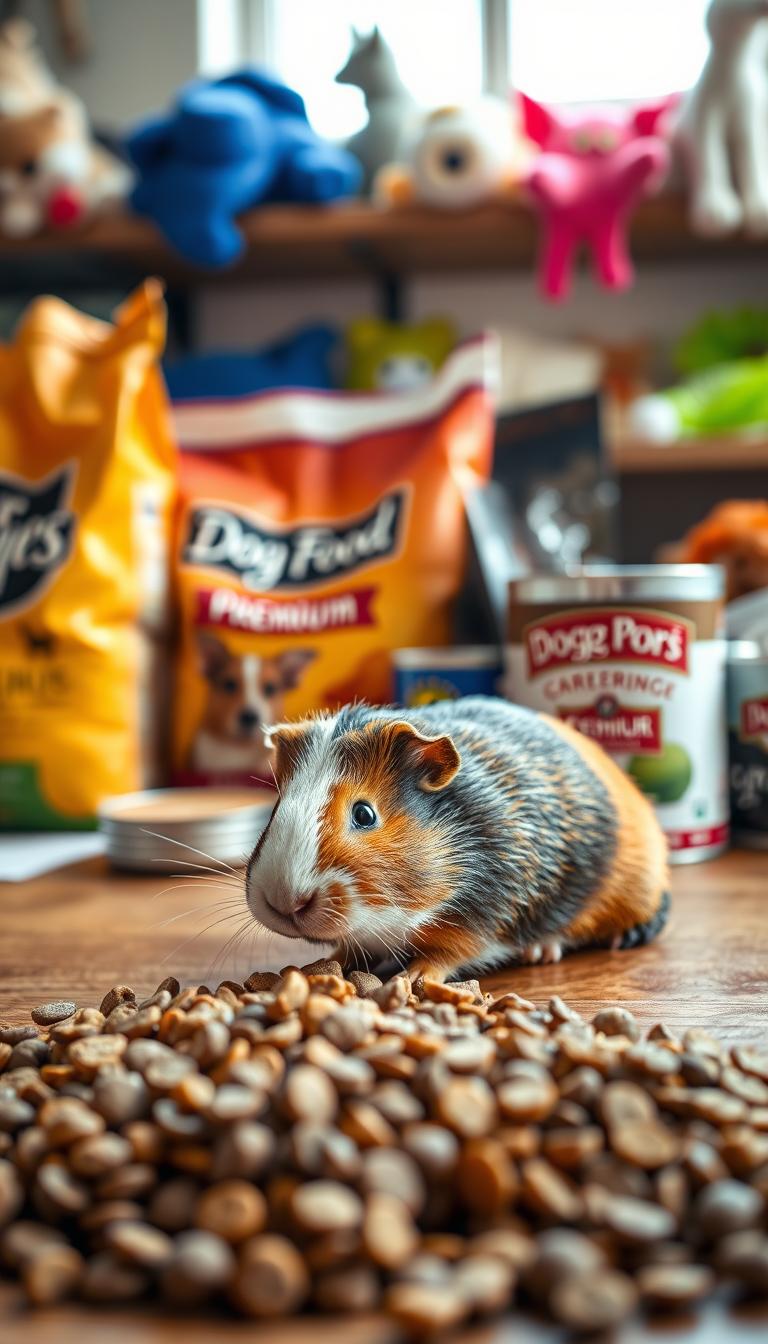A mini lop rabbit is one of the most energetic, lovable, and adorable rabbits that you can possibly own. These rabbits have boomed in popularity in recent years and are the result of the designer rabbit trend (similar to the designer dog trend) creating this relatively new breed of rabbit.
When it comes to specialist breeding, the most important thing to take into consideration are the individual characteristics and care requirements that come with them. While it’s unrealistic to attempt to cover every aspect of the mini lop rabbit, we’ve certainly put together a comprehensive guide.
Whether you are a new mini lop owner, considering getting one for a first pet, or have even owned one for many years this guide is designed to give the most important and useful facts for owning a mini lop rabbit.
Table of Contents
Mini Lop Rabbit Guide
The mini lop has become one of the most common house rabbits in the US and Western world as a result of their adorable features and relatively low care requirements (we use this term lightly as it’s not to be confused with easy).
The mini lop is a specialist breed of rabbit that is bred to be a show rabbit so they, therefore, require a certain amount of attention and have some specific requirements.
Below we’ve compiled a list of some of the most common characteristics and factors that you need to be aware of as a mini lop owner and hopefully, this can act as a quick reference guide to ensure your mini lop leads a happy and healthy life.

History
The mini lop rabbit was bred in the 1950s by two German breeders and was given the name “Klein Widder,” which translates to “little ram.” This is the result of its small and compact, yet muscular build.
As this rabbit gained popularity and was eventually used as a show rabbit, it has since been given the more universal name of mini lop. The mini lop is a registered breed by the American Rabbit Breeders Association.
Characteristics
Mini lops are wonderful little rabbits that are adorable and energetic. With this being said, it’s important to note that they are also independent creatures (much like cats) and therefore do not like to have handling forced upon them.
During exercise or throughout the day you might find that they will come to you for a cuddle or to play and this is the ideal scenario as you don’t want to make them uncomfortable and stress them out with excessive handling.
Mini lops are highly energetic rabbits and need plenty of room in both an internal and external hutch/cage to move around alongside sufficient exercise time in an open area each day (either in a room in the house or out in the yard).
Just because a mini lop is smaller than your average sized rabbit it does not mean that space and exercise requirements are proportionately less. This is an important point to keep in mind as they may be called “mini” by name but their space requirements should not be underestimated.
We’ll cover housing requirements shortly but the key takeaway is they need plenty of space and exercise!

An interesting characteristic that we often come across is the claim that male mini lop rabbits are aggressive and need to be neutered from an early age. This is because once they reach sexual maturity and get quite hormonal, they can be known to be aggressive and may bite owners.
This has, however, been over-exaggerated and the aggression of a mini lop can vary greatly depending on the individual rabbit’s personality.
With proper exercise and care you should be able to keep your rabbit relaxed and tame, neutering or spaying should only be needed if your mini lop does show repeated signs of aggression and hormonal tendencies.
Some more general characteristics of a mini lop rabbit include:
- Size – small/medium
- Weight – 4 – 6lbs
- Lifespan – 5 – 10 years in captivity (though some can live up to 18 years old!)
- Build – robust and muscular
Diet
As with most pets, diet is one of the most crucial aspects to get right in order to ensure they live a happy and healthy life. A mini lops diet should consist of a pre-made feed or pellet mix that covers all of their essential nutrient requirements.
This should then be supplemented by a selection of fruit and vegetables (separate from those included in a feed) a few times per week to give them some variety in their diet.
Plenty of hay/straw is also needed for them to chew on and this will also help with digestion and makes up around 70% of their diet.
In terms of set amounts, a typical feed will cover this information on the label so just follow these guidelines when filling the bowl to avoid any over or under-eating. In terms of hay, you should load them with as much as possible.
In terms of rough guidelines though, the Rabbit Welfare Association recommends a diet made up of around 85% hay, 10% greens, and 5% kibble.
You also shouldn’t neglect the water requirements for your mini lop. They always need a clean supply of drinking water whether this is a water bowl or water bottle.
We’d typically recommend a water bottle as the more hygienic option as a water bowl can more easily be tarnished. When using a water bottle, this should be checked every time you refill it to ensure the flow of water is working.
Breeding
Rabbits are notorious for breeding, though the mini lop has a lesser count when it comes to offspring at an average of 2-3 offspring compared with 7-8 that other breeds are capable of.
The reason we are mentioning breeding so early in this guide is that while mini lops need human interaction, they are most comfortable with a fellow companion.
This means that you should consider getting a pair of mini lop rabbits if you are considering one at all and if you end up with opposing sex rabbits, breeding can quickly become an issue.
For this reason, it’s recommended that you get your mini lop neutered or sprayed before they reach sexual maturity at the age of 6 months.
The UK currently has an issue with overbreeding in rabbits and has seen an increasing number end up in orphanages in recent years so it’s important to control breeding from an owner’s perspective but also to look after the breed in general.
Housing
We mentioned this earlier and just to emphasize, the most important thing when housing a mini lop rabbit is to ensure they have more than adequate room to live in, the more room you can afford to provide for them the better.
Just because they are named “mini” lop, it does not mean they have a small requirement for space and their hutch/cage needs to be big enough to allow them to stretch out and move around comfortably.
A large hutch or double-tiered hutch would be ideal and the minimum space you want to give them is 4ft x 2ft x 2ft.

This is the perfect setup for keeping rabbits outside. A safe and warm hutch with room to run around– Click for prices!
Mini lop rabbits can be litter trained and will learn to go in a certain area so providing a litter box and training them to use it will help keep the hutch clean and hygienic whilst also making your cleaning time each day much quicker.
Providing a hiding place is another important aspect to consider when owning a mini lop. They are private and independent creatures and typically need a place to hide away for some privacy.
You should therefore ensure the hutch has somewhere that the rabbit can hide away and have some alone time.
If you notice your rabbit is in its hiding spot then this is the best indicator that it wants some alone time and doesn’t want to play or be handled. As rabbits can’t talk, this hiding place, therefore, gives them somewhere to be alone but also helps us to understand when they do and don’t want to play which will keep them happy and stress-free.
Finally, mini lops can be quite messy and their urine and poop can make quite a potent odor, especially when keeping them in the house. The hutch, therefore, needs cleaning daily and you should have a combination of wood shavings along the bottom to soak up urine and mask the smell alongside a layer of straw on top for the rabbit to sit comfortably on, sleep on and also eat.
For further tips on setting up your Rabbit Hutch, check out this useful video guide below:
General Care Guide
We’ve covered some of the more important care topics above so in this section we are just going to provide you with some of the more general care information that you should be aware of.
Supervision
When letting your mini lop exercise outside it is crucial that you predator-proof their area and provide regular supervision to ensure they are safe and comfortable outside. This can include the use of a designated area with wire fencing to protect against foxes and cats whilst also placing them somewhere free from burrowing.
Mini lops will burrow and can be susceptible to escape if you leave them in a soft area of land unsupervised.
Dental Care
You may not be aware of this but mini lops teeth are something that continues to grow much like their nails. Therefore, it’s important to trim the nails yourself (or at the vet) to prevent any discomfort but it’s also important to monitor their teeth.
You need to provide a mini lop with something that they can chew and gnaw on to wear down their teeth.
This is a natural instinct for them and not something that you will need to train them to do but you do have to provide them with a chew item in the first place.
A wooden gnaw or chew toys will be more than sufficient.

Interaction
We’ve mentioned that mini lops are independent and enjoy some privacy but that does not mean they like complete isolation. Mini lops are relatively social animals and do enjoy some human contact.
They enjoy the attention and it’s, therefore, essential that you handle them and spend time with them daily. Not only is this good for bonding but the social interaction will keep your mini lop happy and enrich its life on a daily basis.
Without sufficient attention, mini lops can become isolated and suffer from anxiety or depression so this is not something that you want to neglect.
Fur Maintenance
A mini lop will clean its own fur and coat so bathing your rabbit is not needed or recommended. Something you do need to be aware of though is mini lops can ingest a lot of fur with regular grooming which can become trapped in the intestine.
You’ll need to provide them with plenty of hay which we’ve mentioned a few times already but also comb their coat weekly in order to remove any excess fur and minimize the amount they can ingest when self-cleaning.
Health Checks
Regular health checks should be common which include checking weight, the rabbit’s coat, eyes, appetite, and other factors that could quickly indicate any potential health issues.
Cleaning mini lops ears regularly helps to prevent infection from parasites and if your rabbit stays outside or comes into contact with other animals then it will need worming. They will also need vaccinating against Myxomatosis and Viral hemorrhagic disease (VHD) which will require annual booster shots.
Other than that mini lops are not known to carry many genetic diseases or conditions so just keep an eye out for early signs of illness and seek medical attention from a vet as soon as you notice something that could be an issue.
Summary: Mini Lop Rabbit Care Guide
Mini lops are a wonderful breed of rabbit to own. They are playful, energetic, friendly, and great options for small families or seniors.
We won’t claim that they are the easiest pet, or even the easiest breed to rabbit to care for but they are relatively low maintenance and are independent creatures so as long as you cover the dietary, exercise, and cleaning requirements, they should live a long and happy life under your care.
We hope this guide has been helpful for you and has given you some of the essential tips needed to care for your mini lop rabbit.





